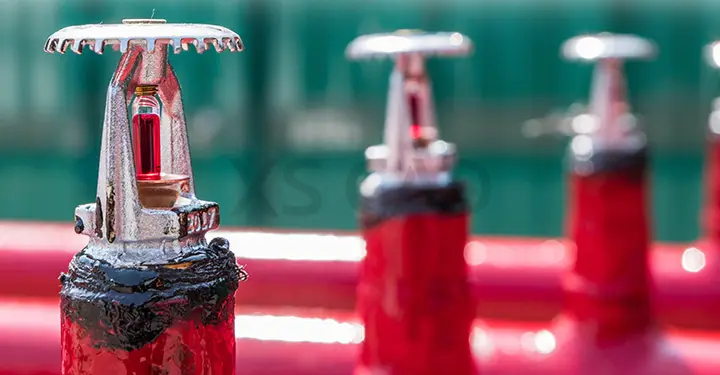Our Articles

Are Fire Design Guidelines Similar in Australia & the UK?
Both part of the British Commonwealth and also the spirited Ashes cricket series, does the commonality between Australia and the UK extend to fire design guidelines for buildings as well? Both countries have had their share of building fire disasters, and thus, there is an urgent need for effective firefighting systems design. In Australia, it is the Warren Centre report that details the required regulations for fire safety engineering. The UK has a well-established tradition of detailed and precise fire design regulations. It is imperative that fire design service providers for both nations acquire a proper understanding of firefighting systems design to ensure safety for all inhabitants.
Looking at Australian regulations first, we can see they are practical and ensure safety at all times.
The Warren Centre’s guidelines for firefighting systems design were developed according to the International Fire Engineering Guidelines and fire safety verification methods (FSVM). It is crucial that engineers adhere to detailed fire safety specifications and understand the need for any modifications of the design, if required.
Some of the safety requirements from the building code for Australia (BCA) are:
Building owners are responsible for the following:
Building designers and building contractors must ensure the following:
UK
The UK has extensive legislation and building laws for fire safety design. The Regulatory Reform (Fire Safety) Order 2005 is applied in England and Wales. The Fire Safety (Scotland) Regulations 2006 governs Scotland, and in Northern Ireland, it is the Fire and Rescue Services (Northern Ireland) Order 2006 that is followed. For the management and use of residential buildings, BS 9991:2015 details a Code of Practice for fire safety design.
For building owners and designers, these are some of the guidelines for the design layout:
The capability of a wall, floor or door to endure heat and fire is referred to as fire resistance. A building with a fire resistance of 30 minutes can help people find escape routes. Fire resistance can be enabled by:
Fire compartmentalisation involves the subdivisions of a large space with fire-resistant walls, floors and doors that will restrict the spread of smoke and fire between floors. Each subdivision must have its own escape routes.
Smoke can fill adjoining spaces quickly if fire doors and their gaps are not sealed effectively, making it difficult to negotiate escape routes and routes to protected areas, or refuge points. Refuge points are spaces where people gather to wait for evacuation. Refuge points must also be enclosed in fire-resistant material. These spaces must have:
Additional precautions must be taken for the protection of people from smoke and fire between floors, through the lift shaft, such as:
Construction (Design and Management) Regulations say that clients, designers and contractors must meet, discuss and agree on fire safety measures. According to the regulations, the principal designer is responsible for the coordination of the pre-construction phase, including fire safety, while the main contractor is responsible for daily on-site fire safety.
So, it can be concluded that firefighting systems design for both Australia and the UK will need knowledgeable fire design service providers that can provide accurate fire alarm drafting and design services and thoroughly understand the rules and regulations of Australia and the UK. Cost-effective and trusted mechanical and electrical design services providers can be sourced overseas by both Australian and UK firms, as long as they are updated on the relevant fire safety regulations.
XS CAD has valuable experience providing value engineering services and drafting and design services for building services design consultants, mechanical contractors, utility contractors and general contractors. Our range of services as fire design service providers for global consultants and contractors include firefighting systems design, fire alarm drafting and design services, electrical design services, MEP coordination drawings and modelling services. We create these models and drawings using Revit, AutoCAD, MEP BIM processes and BIM Collaborate Pro for cloud collaboration.

